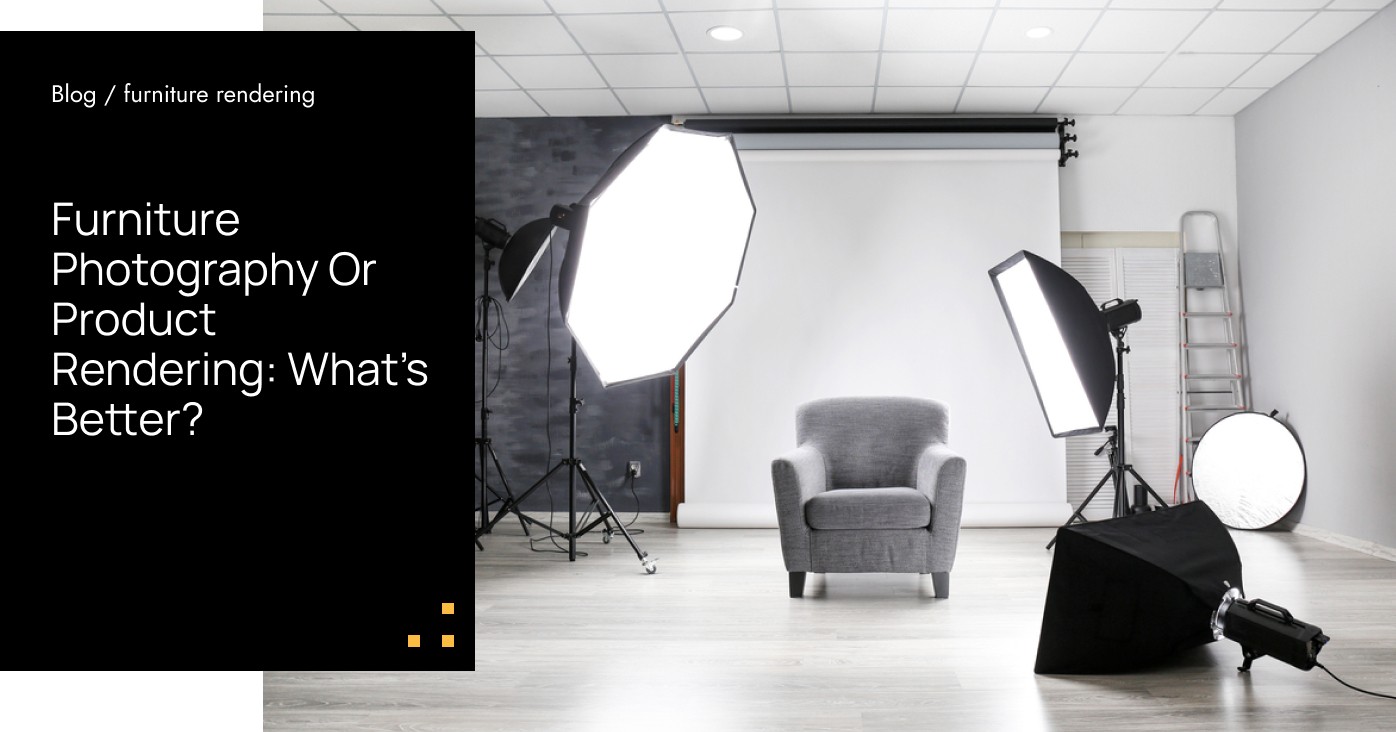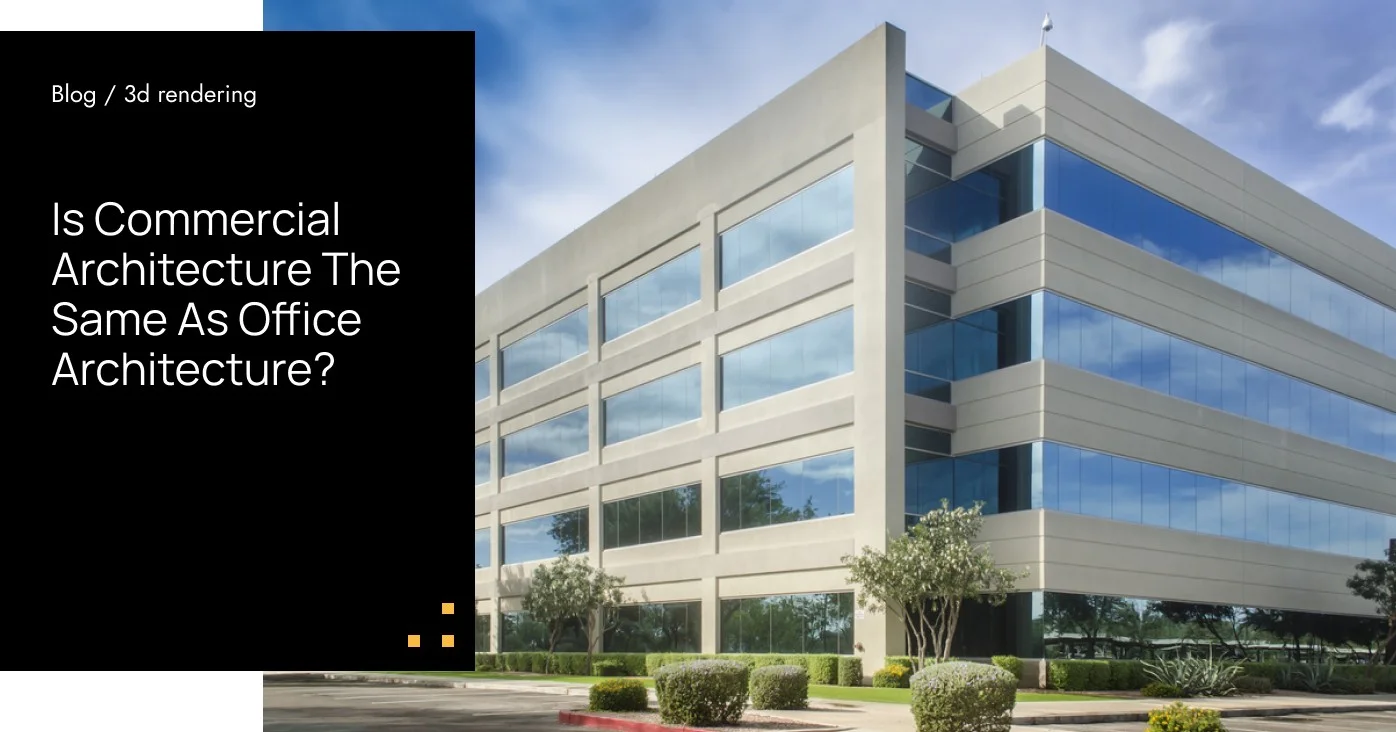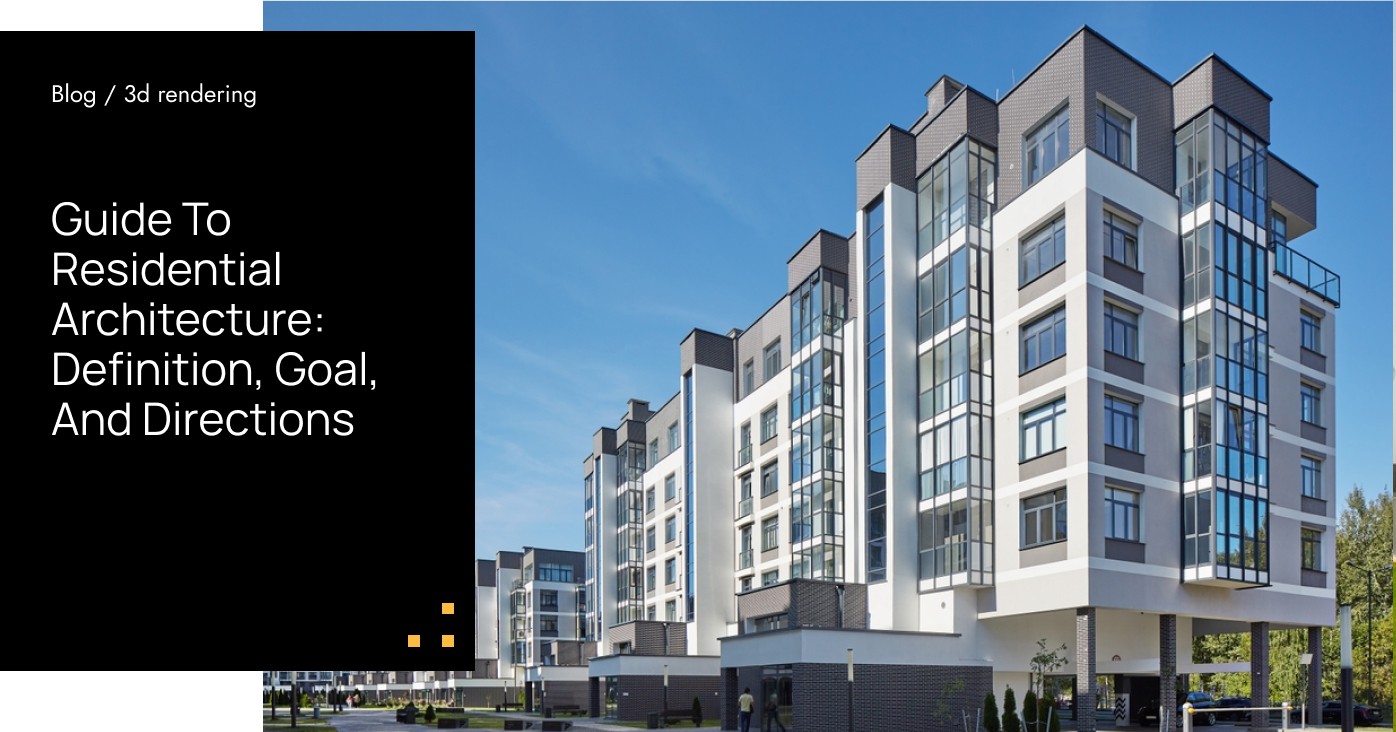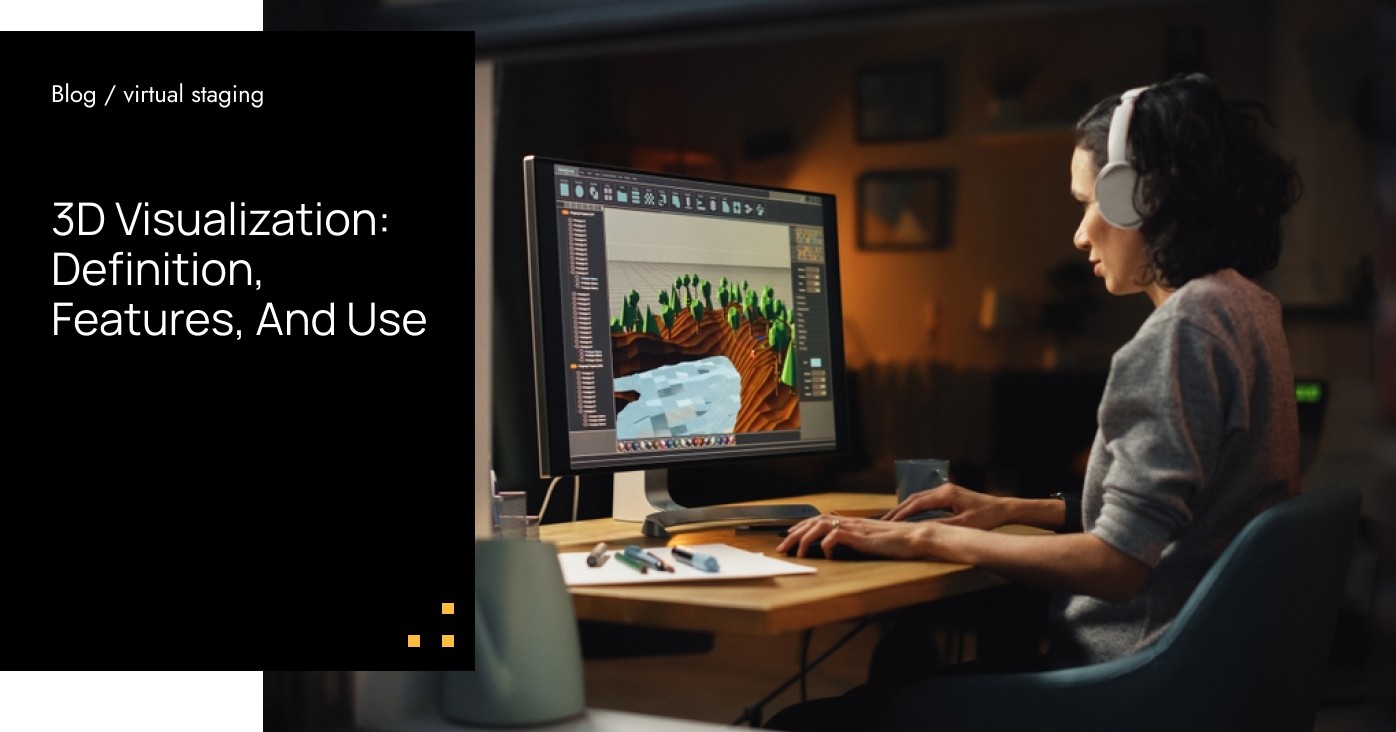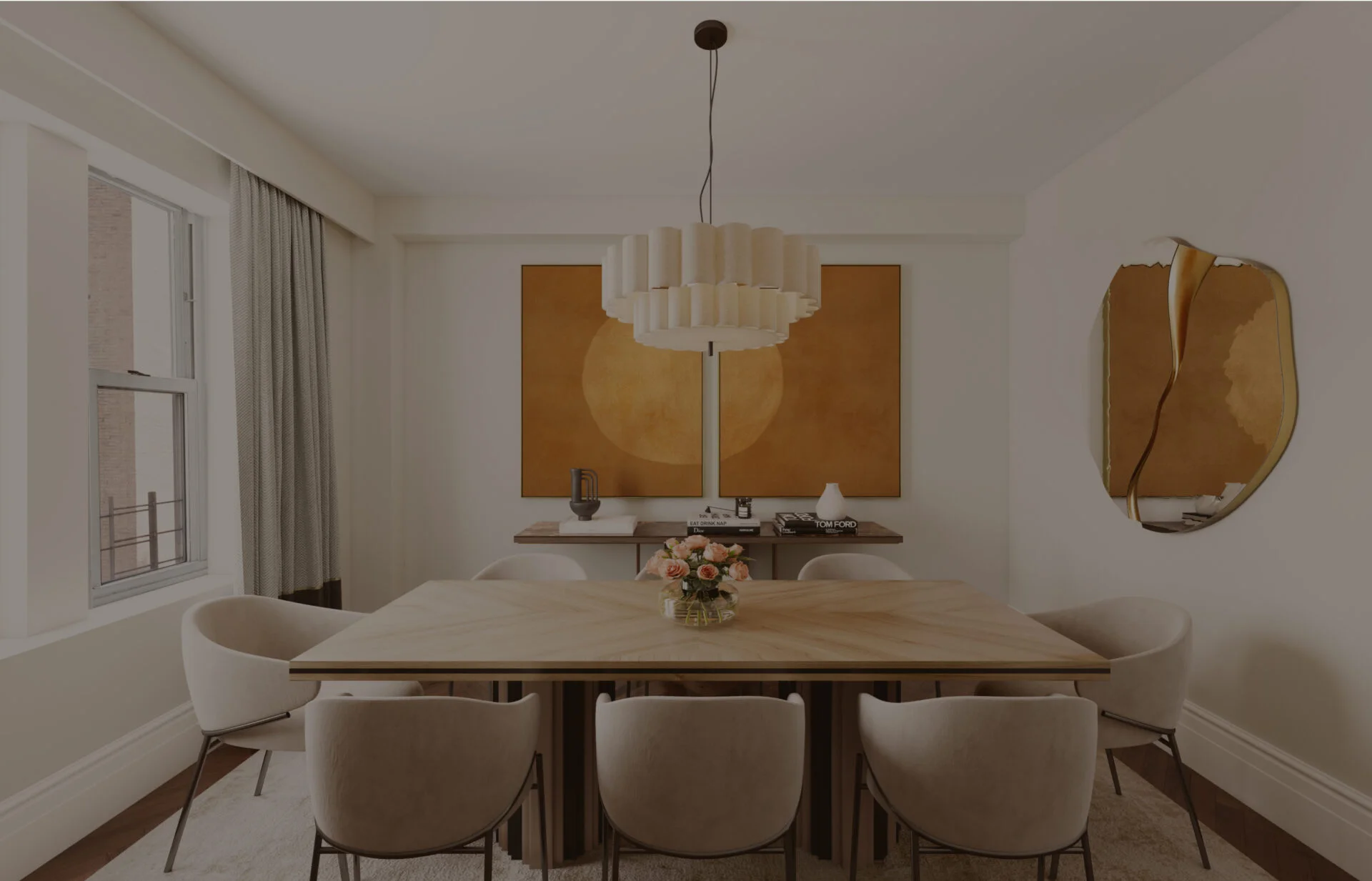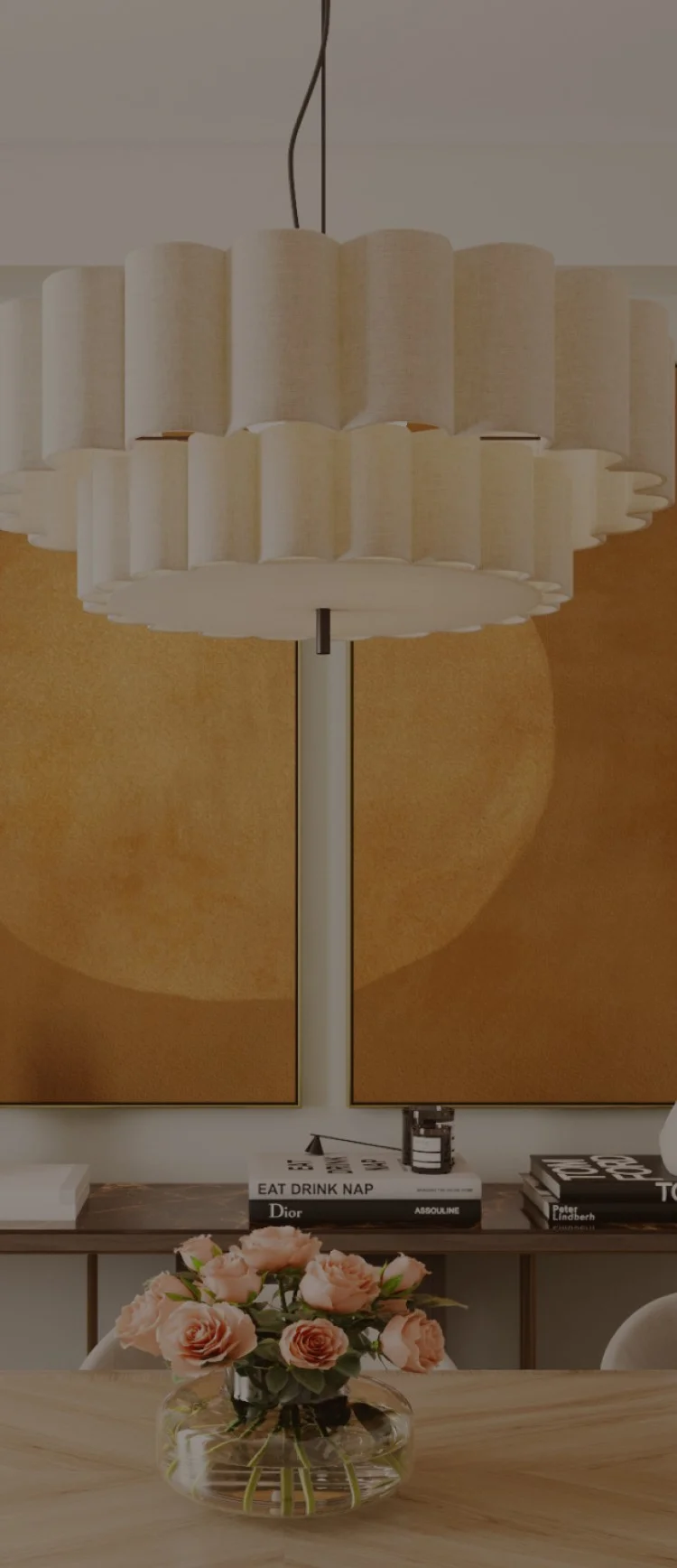Table of contents
- Furniture Photography
- Authenticity and Perceptibility
- Contextual Realism
- Emotional Bond
- Quick Production and Accessibility
- Possible Challenges
- Product Rendering
- No Limits For Creativity
- Consistent Approach And Ease Of Control
- Early Visualization
- Diversity And Adaptability
- Possible Challenges
- Comparing Furniture Photography And Product Rendering
- Final Thoughts
Furniture Photography
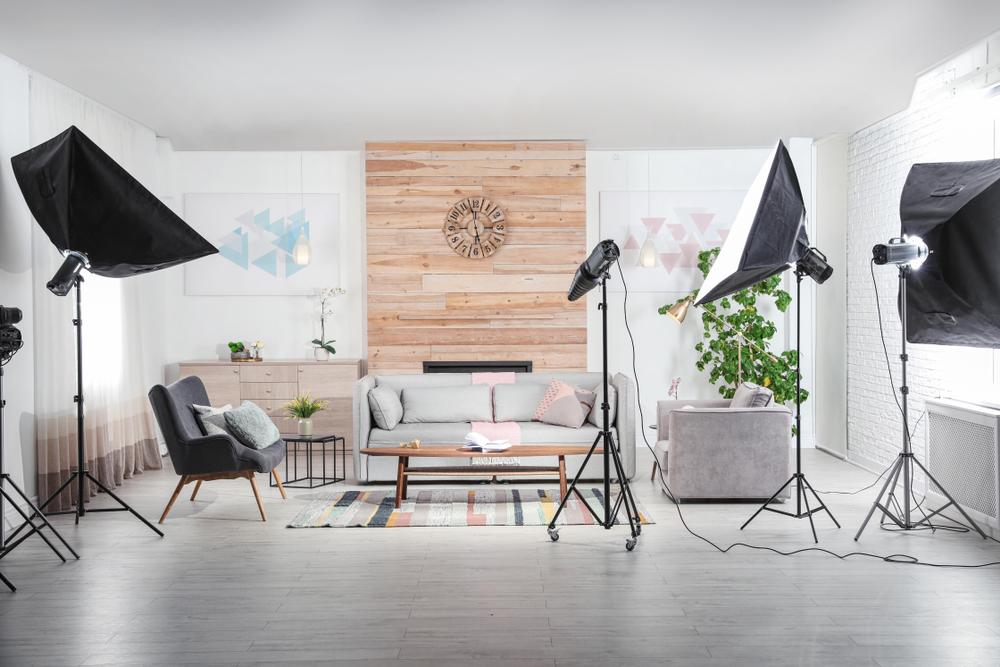
The art of furniture photography is all about capturing striking images of furniture items. This specialized photography is important for displaying the design, skillful craftsmanship, and unique attributes of furniture, helping to entice prospective buyers. There are several features of furniture photography to keep in mind.
Authenticity and Perceptibility
Furniture photography is all about showcasing real products as they are. This genuine representation gives potential buyers a clear understanding of what they can expect and helps them identify the item’s look, feel, and size.
Contextual Realism
One of the greatest strengths of furniture photography lies in its capacity to present images in true-to-life settings. This realistic approach gives potential buyers a clear visual idea of how the furniture can blend into various spaces, making it easier for them to visualize the piece in their own homes.
Emotional Bond
Furniture photography goes beyond just showing off the visuals; it has a special way of highlighting intricate details like texture, lighting, and shadows. These subtle elements evoke emotions in viewers, creating a deeper bond. This emotional connection can lead to more thoughtful purchasing choices.
Quick Production and Accessibility
The beauty of furniture photography lies in its quick production and easy accessibility. Products can be photographed rapidly and uploaded to websites or catalogs to ensure that consumers can access visual information without delay.
Possible Challenges
Undoubtedly, there are challenges in furniture photography as well. Elements such as lighting, camera angles, and environmental conditions can significantly affect the quality of the images. Striving for consistency in visuals across various products and scenarios can be quite a demanding endeavor, too.
Product Rendering
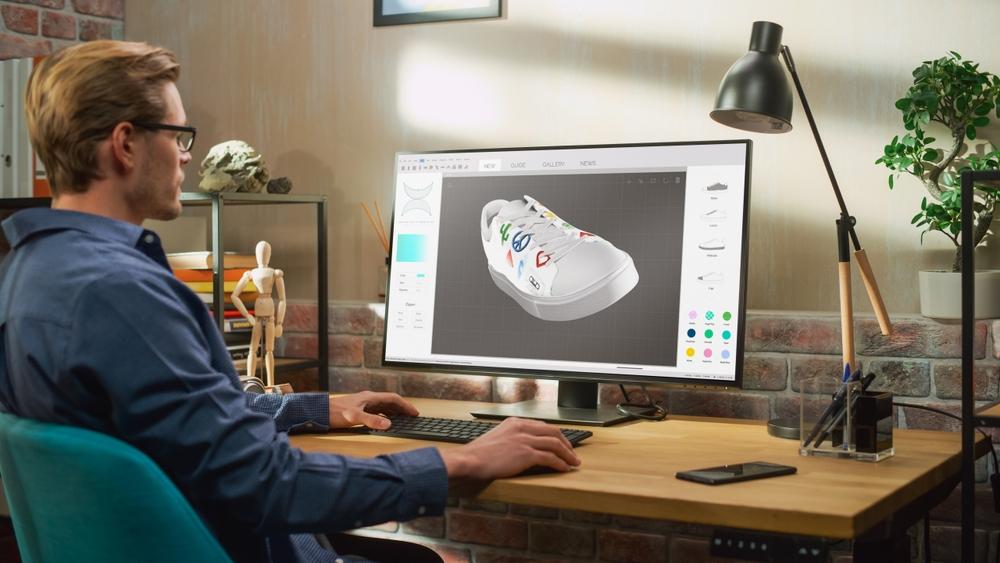
Creating a product rendering means developing a digital image or immersive experience in 2D or 3D. Designers begin with a 3D model made using computer design software and work to produce a vivid, detailed image that looks incredibly realistic. This process has the following range of characteristics.
No Limits For Creativity
Product rendering introduces a vast landscape of creative possibilities. Designers can customize lighting, materials, and surroundings, shaping images that are specifically designed to reflect the unique vision and style of the brand.
Consistent Approach And Ease Of Control
The process of rendering allows to manage every detail in an image carefully, ensuring that all visual representations remain consistent. This high level of control is key to sustaining brand identity and creating a unified visual experience.
Early Visualization
Renderings are excellent tools to illustrate concepts at the beginning of the design process. This is extremely helpful in product development, as it allows designers to uncover possible mistakes, adjust their designs, and avert challenges before they surface.
Diversity And Adaptability
Images that have been rendered can easily be modified to highlight products in various colors, materials, and environments. This flexibility is particularly beneficial for showcasing customization choices, allowing customers to imagine their own unique variations.
Possible Challenges
While product rendering offers many advantages, it requires talented artists, specialized software, and a significant time commitment. The early design stage can take quite a while, especially for detailed or complicated products.
Comparing Furniture Photography And Product Rendering

There are several key points to compare when you try to ensure what approach works better for your project. Consider the following peculiarities of both photography and 3D renderings.
- Realism and authenticity: Furniture photography does a fantastic job of showcasing products in real-life settings, but thanks to advancements in rendering technology, we now have photorealistic simulations that can mimic real photos quite closely. Ultimately, the decision between the two depends on your specific goals and creative tastes.
- Finances: When it comes to furniture photography, there are costs associated with the physical items, the location, lighting, and the need for professional photographers. On the flip side, rendering relies on skilled artists and software only, which could lead to lower production costs. The final decision will depend on your budget and your perspective on long-term investment.
- Turnaround time: Furniture photography often requires a significant investment of time, including setup, shooting, and post-editing. Although rendering might involve more extensive initial design work, it enables a much faster turnaround time for any future modifications or updates.
- Customization opportunities: The ability to adapt product rendering means showcasing items in diverse variations, which helps engage customers more effectively. In contrast, furniture photography creates a real-life connection with products, resonating emotionally with consumers.
- Brand identity and marketing: Each method plays a distinct role in shaping brand identity and market presence. Furniture photography highlights genuine appeal, whereas product rendering focuses on showcasing innovative designs and customization options.
Choosing between furniture photography and product rendering depends on your goals, budget, and creative preferences. Furniture photography emphasizes authenticity, instant accessibility, and emotional appeal. On the other hand, product rendering provides limitless creative possibilities, ensures brand consistency, and allows for showcasing various options.
Final Thoughts
In a fast-changing market, combining both methods can lead to the best results. While photographs create a real connection with the audience, rendered images give brands the flexibility to present customized choices and maintain a cohesive visual story. Regardless of the approach taken, the main objective is to engage the audience, highlight the product’s essence, and encourage informed purchasing decisions. As visual marketing evolves, the collaboration between furniture photography and product rendering continues to influence customer engagement and brand messaging.
Table of contents
- Furniture Photography
- Authenticity and Perceptibility
- Contextual Realism
- Emotional Bond
- Quick Production and Accessibility
- Possible Challenges
- Product Rendering
- No Limits For Creativity
- Consistent Approach And Ease Of Control
- Early Visualization
- Diversity And Adaptability
- Possible Challenges
- Comparing Furniture Photography And Product Rendering
- Final Thoughts
Thank you for subscribing!
